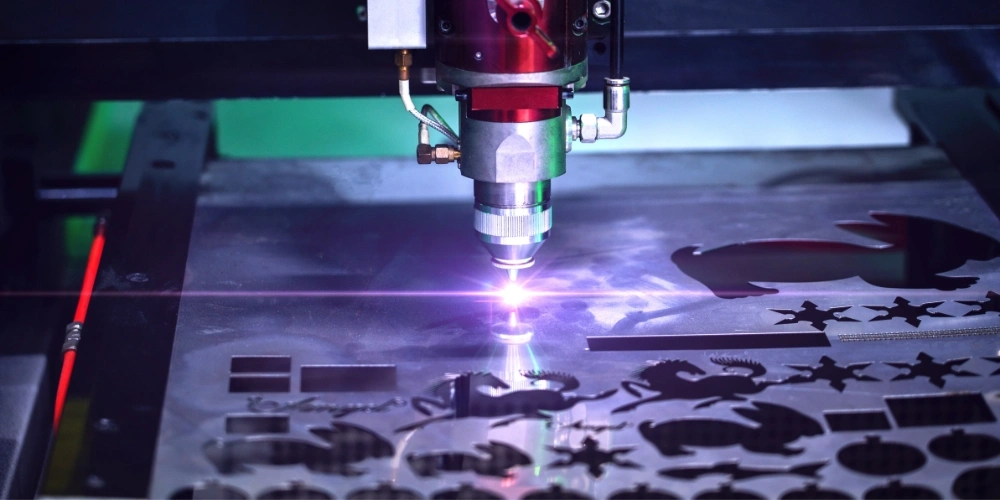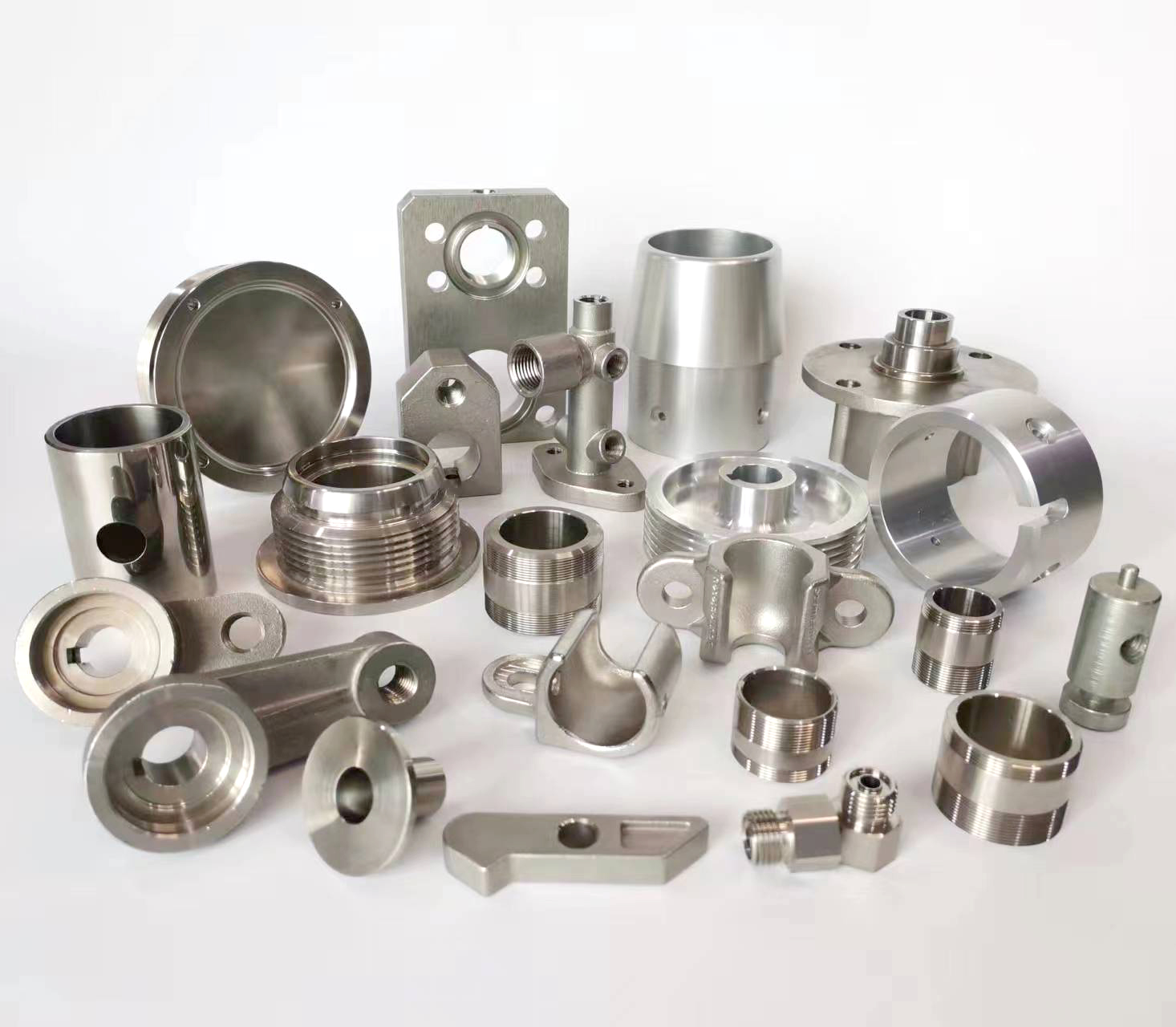
Yes, absolutely. Rust preventative oils have a significantly negative and often dangerous impact on the welding process and the quality of the finished weld. Using oil-coated parts for welding is considered very poor practice and is strictly avoided by professional welders.
Here’s a detailed breakdown of why and how it affects welding:
1. Formation of Weld Defects
The heat from the welding arc causes the oil to undergo rapid and incomplete combustion. This leads to several critical defects in the weld metal:
Porosity: This is the most common issue. As the oil burns, it breaks down into hydrogen and carbon monoxide gas. These gases become trapped in the molten weld pool as it solidifies, creating tiny bubbles or cavities (pores) throughout the weld. Porosity severely weakens the weld, reducing its load-bearing capacity and making it prone to cracking under stress.
Inclusions: The non-combustible components of the oil (additives, thickeners, solids) can become encapsulated within the weld metal as slag inclusions. These act as internal stress points and compromise the structural integrity of the joint.
2. Impaired Weld Quality and Strength
A weld contaminated with oil cannot achieve its designed mechanical properties.
Weak and Brittle Welds: The porosity and inclusions create a flawed internal structure. This results in a weld that is weaker, more brittle, and incapable of passing any standard quality inspection or certification (e.g., visual, X-ray, ultrasonic testing).
Cracking: Hydrogen, a byproduct of oil breakdown, is a primary cause of hydrogen-induced cracking (HIC), also known as cold cracking. This can occur hours after the weld has cooled and is a major failure mode in steel fabrication.
3. Arc Instability and Weld Bead Issues
The contaminants from the burning oil interfere with the stability of the welding arc.
Erratic Arc: The arc may sputter, wander, or be difficult to start and maintain. This leads to an inconsistent transfer of filler metal.
Poor Bead Appearance: Instead of a smooth, uniform weld bead, the result is often a ragged, uneven, and pitted bead profile. The weld puddle may not wet the base metal properly, leading to lack of fusion.
4. Safety Hazards
Welding on oily surfaces introduces serious immediate dangers.
Toxic Fumes: Burning oil produces thick, acrid smoke containing harmful hydrocarbons and potentially toxic chemicals (depending on the oil’s formulation). Inhaling these fumes is extremely hazardous to the welder’s health.
Fire Risk: Many rust preventative oils are flammable. Heating them with stray sparks or spatter can easily ignite a fire, especially if oil-soaked rags or debris are nearby.
How to Weld Oily or Rusty Materials Correctly
The solution is thorough and proper cleaning before striking an arc.
Mechanical Cleaning: Use a grinder with a wire wheel or flap disc, sandpaper, or a sanding/grinding disc to remove all visible oil, paint, rust, and mill scale from the welding zone. This should extend at least an inch (25 mm) on either side of the joint.
Chemical Cleaning: After mechanical removal, wipe the area down with a degreaser or solvent specifically designed for welding prep (e.g., acetone, dedicated welding cleansers). Crucial Safety Note: Ensure the solvent is completely evaporated before welding. Any residue can itself create toxic fumes.
Alternative Solutions: If complete removal is impossible (e.g., on large structures), use welding techniques and consumables designed for contaminated materials. For Stick welding (SMAW), a 7018 rod is more tolerant of minor contaminants than a 7016 rod. For MIG welding, a flux-cored wire (FCAW) is generally more forgiving than solid wire (GMAW) because the flux helps scavenge some contaminants. However, this is not a substitute for cleaning; it merely reduces the risk of failure.
Conclusion
Rust preventative oil and welding are incompatible. The oil leads to porous, weak, and defective welds that are unsafe and unreliable. It also creates significant health and fire hazards. The fundamental rule in welding is to always prepare the material by creating a clean, bright, and oil-free surface in the weld area. This ensures joint strength, operator safety, and overall weld quality.





